China’s holidays and festivals blend ancient traditions with modern vibrancy, offering travelers unforgettable cultural immersion. From explosive fireworks to serene moonlit gatherings, here’s your guide to navigating and enjoying these celebrations like a local.
1. Major Public Holidays & Key Dates in 2025
China’s seven national public holidays are rooted in history, agriculture, and patriotism. Below are the key dates for 2025:
Holiday |
Dates |
Significance |
New Year’s Day |
January 1 |
Celebrates the Gregorian New Year with shopping sales and city events. |
Spring Festival |
January 28–February 3 |
Lunar New Year, marking the Year of the Snake. Family reunions, red envelopes, and fireworks dominate. |
Qingming Festival |
April 4 |
Tomb Sweeping Day: Families honor ancestors and enjoy spring outings. |
Labour Day |
May 1–5 |
Honors workers; expect crowded tourist spots and travel price surges. |
Dragon Boat Festival |
May 31–June 2 |
Commemorates poet Qu Yuan with dragon boat races and sticky rice dumplings (zongzi). |
Mid-Autumn Festival |
October 6–7 |
Moon-watching, lantern displays, and mooncake sharing. |
National Day |
October 1–7 |
Celebrates China’s founding with parades, fireworks, and “Golden Week” travel. |
Pro Tip: Avoid traveling during Labour Day (May 1–5) and National Day (October 1–7), when domestic tourism peaks, causing overcrowding and inflated prices.
2. Cultural Highlights & Must-See Festivals
Spring Festival (Chinese New Year)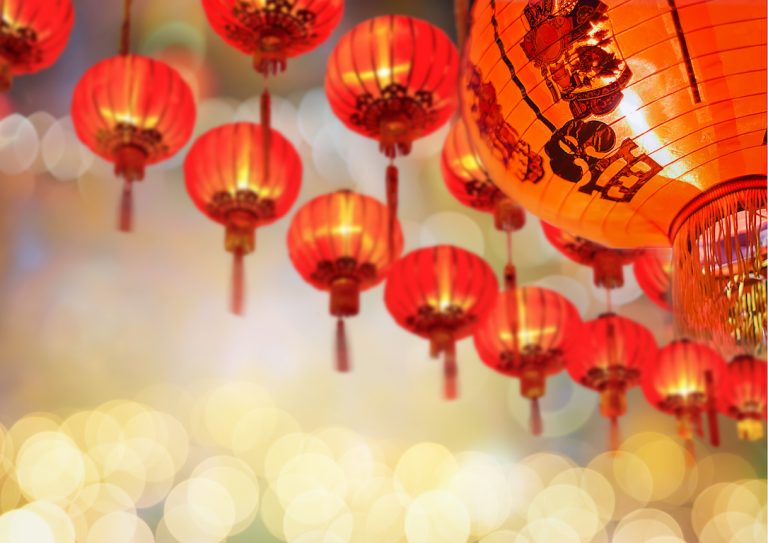
Key Traditions:
Reunion Dinners: Families gather on New Year’s Eve (January 28) for symbolic dishes like fish (yu, symbolizing abundance).
Fireworks: Major cities like Guangzhou host grand displays, such as Bai’etan Park’s 45-minute spectacle.
Red Envelopes (Hongbao): Given to children and unmarried adults for luck. Accept with both hands if offered.
Where to Go:
Guangdong Province: Experience lion dances, Yingge performances, and the Puzhai Fire Dragon Dance in Meizhou.
Beijing: Visit temple fairs at Ditan Park or the Great Wall for festive decorations.
Mid-Autumn Festival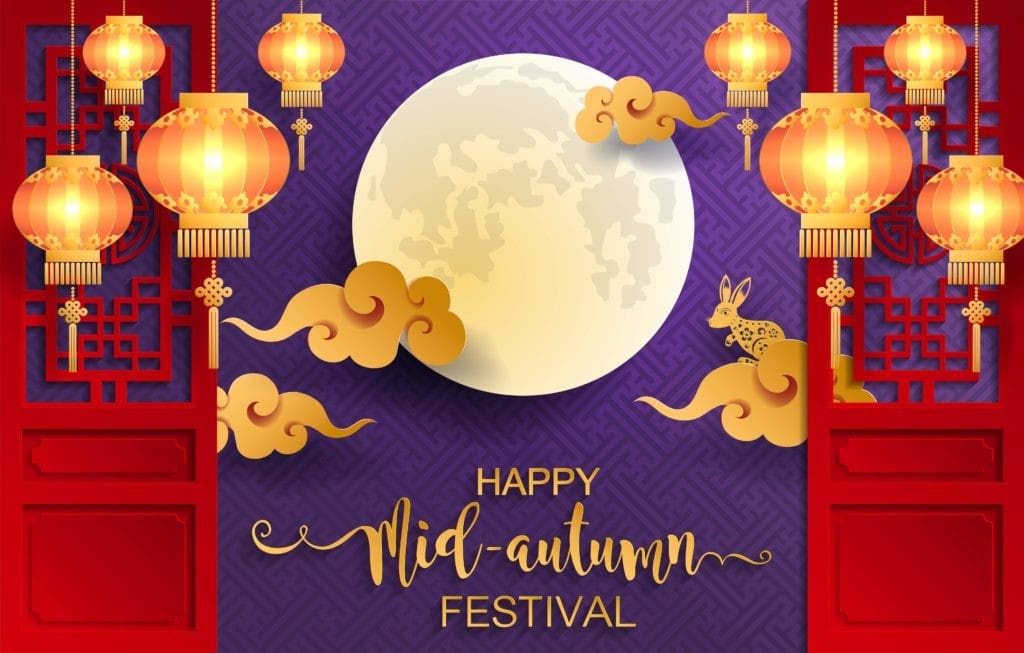
Activities:
Mooncakes: Try traditional flavors like lotus seed paste or modern twists like ice cream.
Lantern Festivals: Cities like Shanghai’s Gucun Park illuminate thousands of lanterns.
Dragon Boat Festival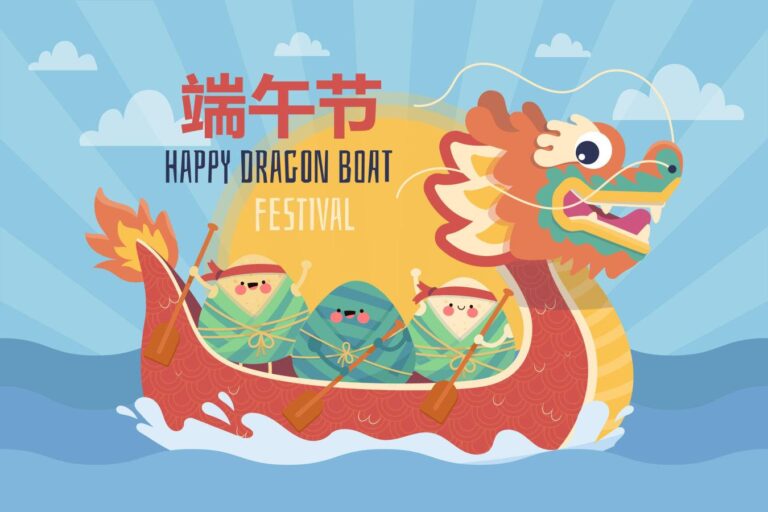
Activities:
Watch races in Hunan’s Miluo River (Qu Yuan’s hometown) or Hong Kong’s Stanley Beach.
Taste zongzi wrapped in bamboo leaves—savory (pork) or sweet (red bean).
Qingming Festival
Activities:
Visit rural cemeteries to observe families cleaning graves and burning “spirit money.” Respectfully avoid photography.
Enjoy spring hikes, such as in Hangzhou’s West Lake, amid blooming peonies and willows.
3. Chinese Ethnic Minority Festivals
China, a vast nation of 56 ethnic groups, is home to 55 vibrant minority communities whose traditions shine through their unique festivals. Beyond the widely celebrated Lunar New Year and Mid-Autumn Festival observed by the Han majority, these ethnic groups host a dazzling array of events rooted in their distinct histories, environments, and spiritual beliefs. These festivals are not just celebrations—they are living embodiments of cultural identity and heritage.
Did you know? Of China’s 1,700+ traditional festivals, over 1,200 belong to ethnic minorities. Each festival carries its own story, often tied to ancient legends, seasonal cycles, or religious practices. For instance, the Corban Festival (Eid al-Adha) and Kaizhai Festival (Eid al-Fitr), observed by Muslim communities like the Hui and Uyghur people, highlight devotion and community through rituals and feasts.
a. Eid al-Fitr (Rozah Festival)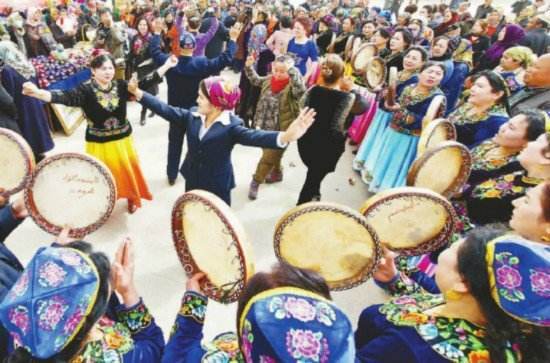
When: Celebrated at the end of Ramadan, the Islamic holy month of fasting (dates vary yearly based on the lunar calendar).
Known locally as Rozah Heyt, this festival marks the conclusion of Ramadan, a month of dawn-to-dusk fasting and spiritual reflection. On the day of Eid, Muslim communities in Xinjiang dress in colorful traditional attire and gather for morning prayers at mosques. Families then reunite for festive meals featuring signature dishes like samsa (meat pies), pilaf (flavorful rice with lamb), and youxang (deep-fried sweet pastries). Streets come alive with music, dance, and bazaars selling handicrafts and dried fruits. Visitors are often welcomed into homes to share sweets like nang (flatbread) and dried figs, embodying the Uyghur spirit of generosity.
b. Eid al-Adha (Corban Festival)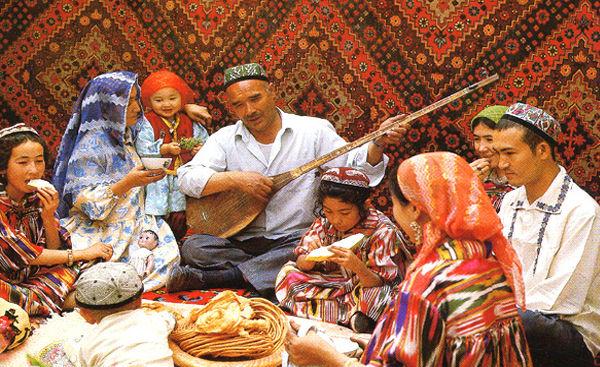
When: Observed approximately 70 days after Eid al-Fitr, aligning with the Hajj pilgrimage period.
Called Qurban Heyt in Xinjiang, this “Festival of Sacrifice” honors Prophet Ibrahim’s devotion to God. Families slaughter livestock (usually sheep or cattle) and distribute meat to relatives, neighbors, and those in need, emphasizing charity and community. The festival begins with prayers, followed by feasts of hearty dishes like kawap (grilled skewers), sok sak (boiled mutton), and gosh nan (meat-stuffed bread). In cities like Kashgar or Hotan, bustling livestock markets precede the festivities, offering a glimpse into local life.
For travelers, the festival is a sensory delight: admire intricate henna designs on women’s hands, listen to soulful muqam music performances, and explore historic Silk Road sites adorned for the occasion.
4. Travel Tips for Festival-Goers
Book Early: Trains and hotels fill up months ahead for Spring Festival and National Day.
Avoid Crowds: Visit popular sites like the Great Wall during shoulder seasons (e.g., late September).
Cultural Etiquette:
Dress modestly during temple visits.
Avoid discussing sensitive topics (e.g., politics or religions) during festivals.
5. Unique Festival Experiences
Harbin Ice Festival (Winter): Ice sculptures and snow activities in January–February.
Tongguan Kiln Fireworks Festival (Changsha): A blend of mythology and technology for immersive displays.
Double Ninth Festival (October 29): Hike mountains like Yellow Mountain to honor elders.




































